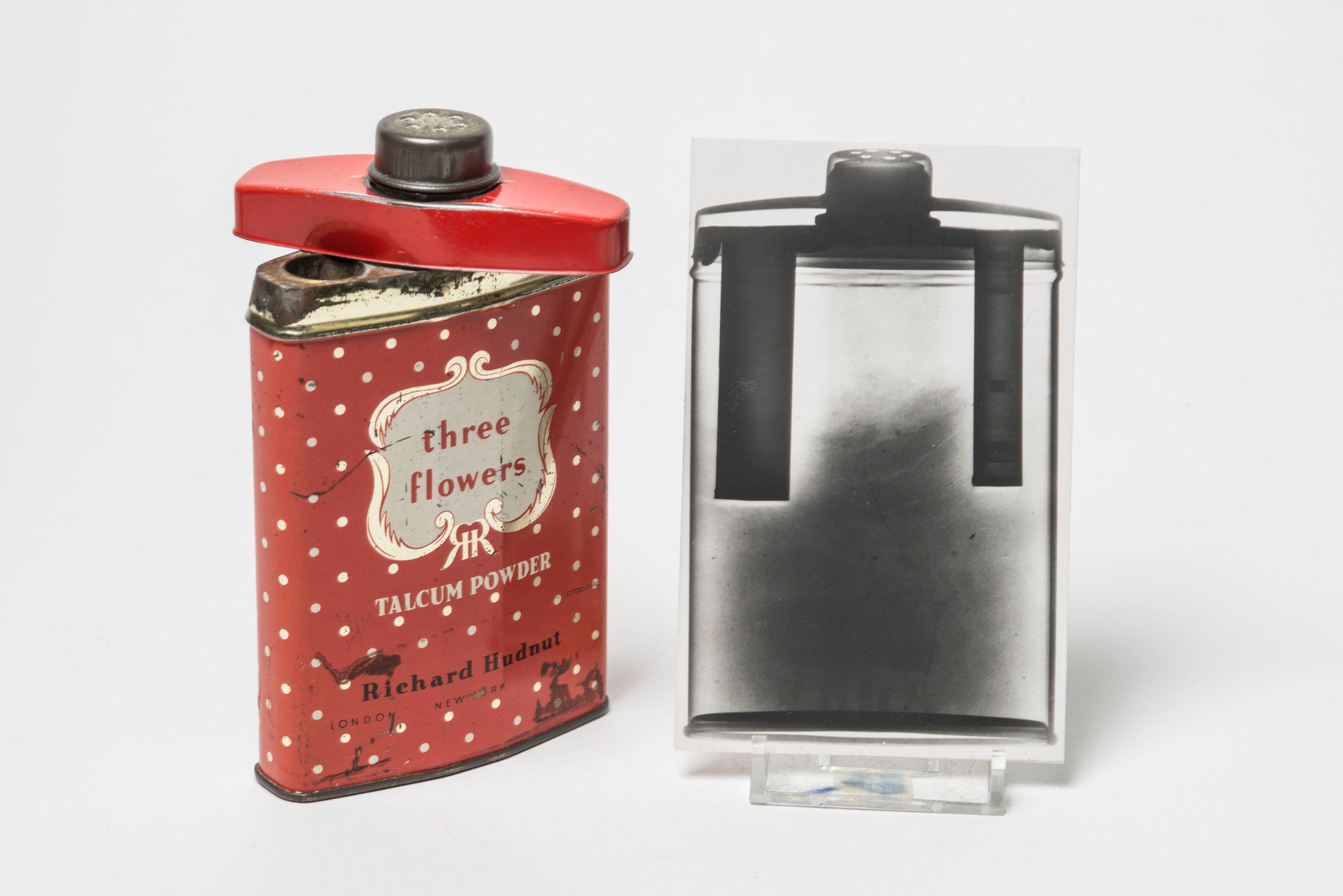Hangman's rope, guns and death masks: Items from Scotland Yard's macabre crime museum are set to be shown to the public for the very first time

London's mysterious crime museum, located in police headquarters, has been closed for decades to everyone apart from Scotland Yard staff and their invited guests.
Now, for the first time, select items that chronicle the grisly past of crime in the capital will move to the Museum of London, giving the general public rare access to the museum.
The items on show at The Crime Museum Uncovered exhibition include hangman's rope, murder accessories, and the personal possessions of some of the UK's most notorious criminals.
From Jack the Ripper to the Great Train Robbery, all aspects of the force's history will be contained in the exhibition, which opens on 9 October.

Some of the objects on display are fairly grisly - 'death masks', cast from the faces of executed criminals will be part of the exhibition, as well as paraphernalia linked to the infamous 'Acid Bath Murders'.
These murders were committed in the 1940s by John Haigh, who dissolved the bodies of his victims in sulphuric acid. This part of the exhibition includes the gloves and apron the murderer used to dispose of one of his victims, Olive Durand-Deacon.

Even Durand-Decon's gallstones are on show nearby - the only part of her to survive the corrosive acid.
The exhibition spans centuries, but one missing item is the ricin poison pellet that was embedded in an umbrella tip, and used to murder Bulgarian dissident Georgi Markov in London in 1978.

Curators hoped to show this particular item, but it was not allowed to leave Scotland Yard, as the case is still open.
Co-curator Julia Hoffbrand said: "A lot of these objects that we are displaying, they were concerned with murder, they are part of horrific events."

"But many of them are very everyday, and they talk about people's lives."
Examples of these items include bottles of champagne found in the hideout of the Great Train Robbers, or talcum powder tins used by Soviet spies to hide microdots.
%20Museum%20of%20London%20.jpg)
The exhibition will close on 10 April 2016, but police hope that the exhibition will be a forerunner to a permanent Scotland Yard museum.
Assistant Commissioner at the Metropolitan Police Martin Hewitt said it was important to strike the right tone, and keep crime victims at the center of the story.

"What we do not want is something that's a macabre police version of going to the London Dungeon."
"I would be very disappointed if anyone comes away thinking were are glamorizing any of the people who have committed the offenses in this exhibition."
